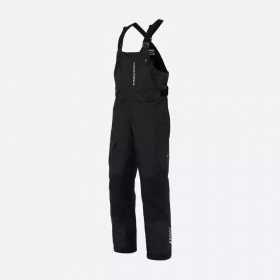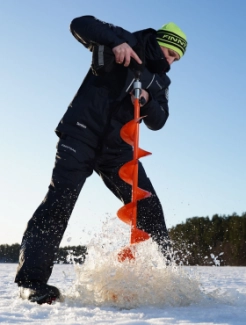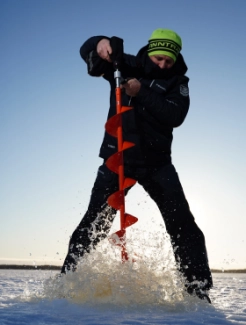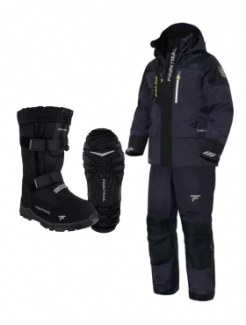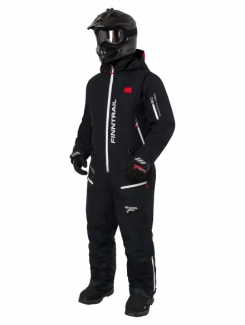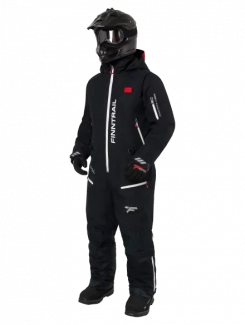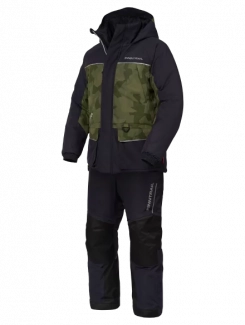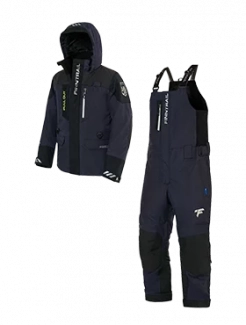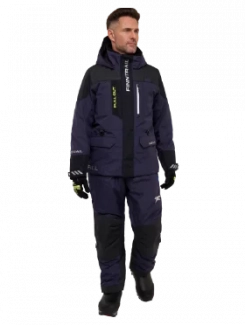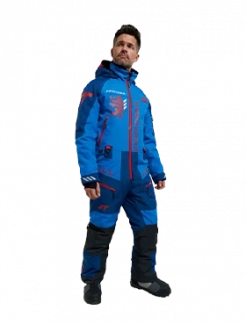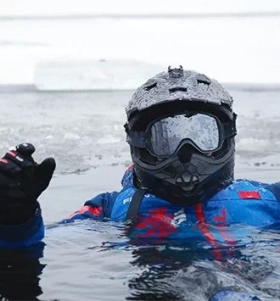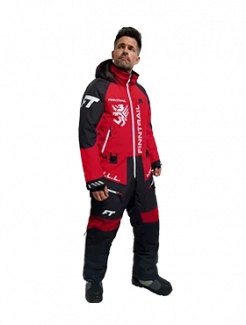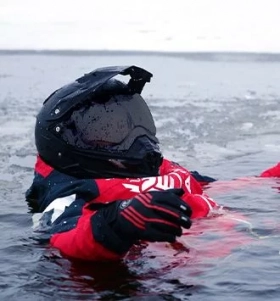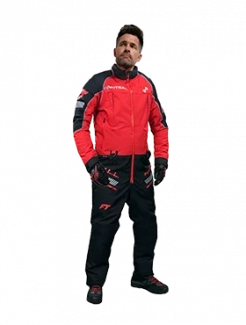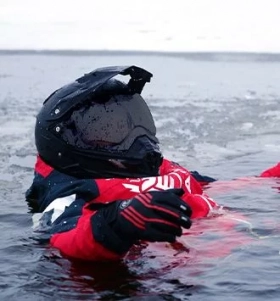Ice Fishing for Trout: Tips and Techniques
Ice fishing for trout is one of the most exciting winter pursuits for anglers across North America and Europe. Trout are active in cold water, making them a prime target when lakes freeze over. Whether you are targeting rainbow trout near the shallows or searching for giant lake trout in deep water, success comes down to understanding the right techniques, baits, and gear.
In this guide, you’ll learn everything you need to know about ice fishing for trout, including tips, the best lures and bait, gear setups, and even how to fish at night.
Why Trout Are Perfect for Ice Fishing
Unlike many species that slow down in winter, trout remain active under the ice. Their metabolism allows them to keep feeding in cold conditions, which means anglers have an excellent chance of success. Ice fishing for rainbow trout often happens in shallow bays or near vegetation, while ice fishing for lake trout usually takes place in deeper water where big predators cruise for baitfish.
Ice Fishing Gear for Lake Trout and Rainbow Trout
To maximize your chances, you’ll need specialized equipment.
Rod and Reel Setup
-
The best ice fishing rod for lake trout is medium-heavy to heavy rods, usually 36–42 inches, giving enough backbone to handle trophy lakers while still being sensitive enough to detect bites.
-
For rainbow trout or brook trout, lighter rods in the 24–30 inch range are better for finesse presentations.
-
Pair rods with a smooth spinning reel spooled with the ice fishing line—either monofilament (4–8 lb for rainbows) or braided line (15–30 lb for lakers, with a fluorocarbon leader).
Essential Gear
-
Auger: hand or power auger to drill holes quickly.
-
Shelter: portable ice shanty or tent for comfort and protection.
-
Electronics: a fish finder or sonar is crucial for locating schools of trout and monitoring lure depth.
-
Tip-ups: they allow multiple lines to cover different depths.
Best Bait and Lures for Ice Fishing Trout
Choosing the right presentation is key.
Live and Natural Bait
-
The bait includes live minnows, waxworms, mealworms, or nightcrawlers.
-
Lake trout respond well to large baitfish like smelt or cisco.
-
Rainbow trout often prefer smaller natural offerings like grubs or corn.
Artificial Lures
-
Ice fishing lures include spoons, jigging raps, and soft plastics. Flutter spoons mimic dying baitfish and are deadly for lake trout.
-
Tube jigs tipped with a piece of minnow are a classic for deep-water lake trout.
-
For finesse, use tungsten jigs paired with plastics or live bait.
Ice Fishing Flies for Trout
Surprisingly, flies can also work. Anglers often present small nymphs, woolly buggers, or streamers under the ice using a small jig or split shot. These are especially effective for rainbow and brook trout in clear water.
Techniques: How to Ice Fish for Trout
Jigging for Trout
Drop your lure to the desired depth and use an up-and-down motion to trigger strikes. Vary your cadence until you find what trout prefer. Lake trout often hit aggressively, while rainbows may strike more subtly.
Using Tip-Ups
Learning to ice fish with tip-ups is essential for covering water. Set large live minnows on quick-strike rigs and place them at different depths. When the flag pops, be ready for a powerful fight.
Night Fishing
Night ice fishing can be surprisingly productive, especially for rainbow trout that move into shallows after dark. Glow-in-the-dark lures, light sticks, or illuminated bobbers increase visibility.
Tips for Ice Fishing Trout
Here are practical strategies to improve your success:
-
Drill multiple holes: trout are mobile, so search wide areas until you locate fish.
-
Pay attention to depth: start deep but don’t be afraid to fish mid-water if sonar shows suspended fish.
-
Stay stealthy: rainbow trout in shallow water are wary. Avoid loud drilling and heavy footsteps.
-
Mix presentations: use one hole with a jigging rod and another with a stationary tip-up to find what works.
-
Use the right line: fluorocarbon leaders are nearly invisible and increase strikes in clear water.
-
Adjust for weather: cloudy days often push trout shallower, while bright sun may send them deeper.
Targeting Different Trout Species
Ice Fishing for Lake Trout
Lake trout are among the most sought-after species under the ice. These fish can reach enormous sizes, and catching them is a true test of skill. Focus on deep water (40–100 feet) near drop-offs, humps, and points. Use large spoons, tube jigs, or live bait with tip-ups.
Ice Fishing for Rainbow Trout
Rainbow trout are more common in stocked ponds and shallower lakes. They often cruise near the shoreline, weed edges, or under the ice looking for insects and small baitfish. Downsizing your presentation with small jigs or ice fishing flies works best.
Safety Considerations
Never overlook safety when ice fishing for trout:
-
Check ice thickness: At least 4 inches for walking, 8–10 for snowmobiles, and 12–15 for trucks.
-
Wear flotation gear or an ice fishing suit.
-
Bring ice picks, a spud bar, and fish with a buddy.
Final Thoughts
Ice fishing for trout combines the thrill of winter exploration with the reward of catching one of the most prized freshwater species. With the right gear, bait, and proven strategies, you can enjoy a productive season on the ice.
Whether you’re after giant lake trout in deep water or rainbows near shore, remember to stay mobile, experiment with different lures, and apply our tips. Soon, you’ll be landing more fish and creating unforgettable cold-weather memories.

